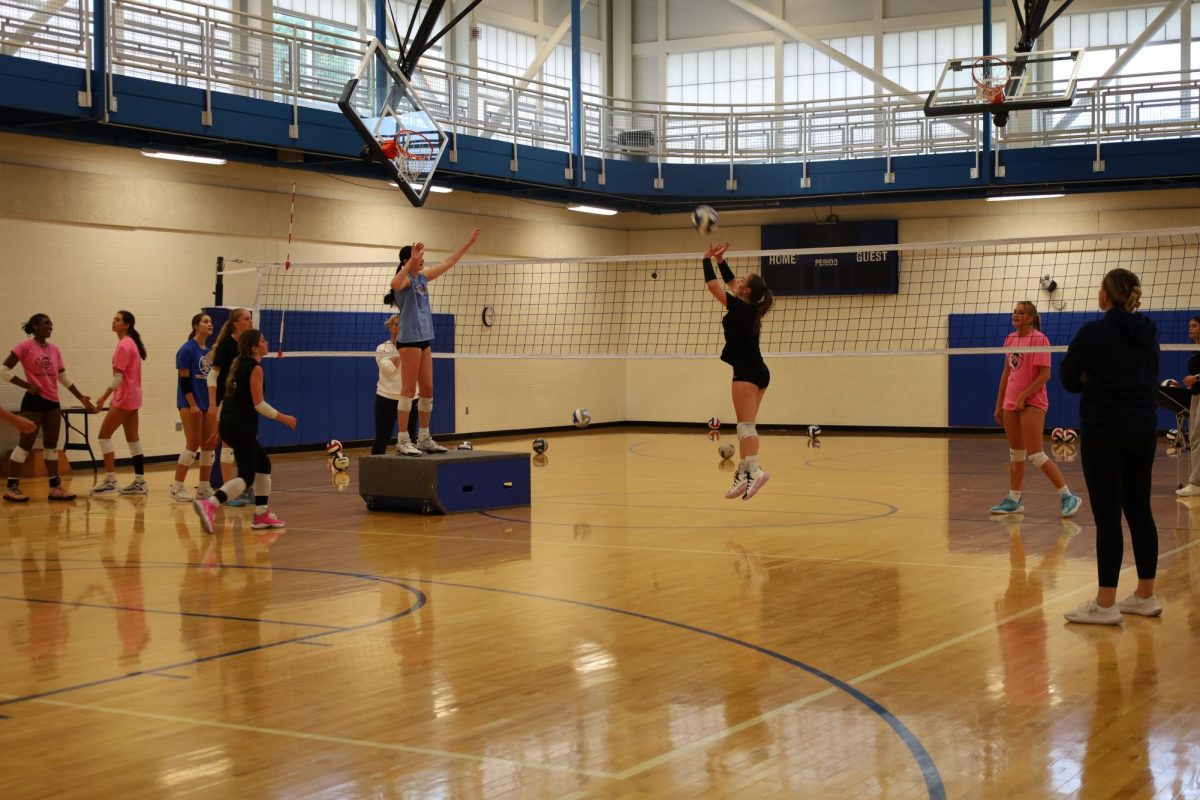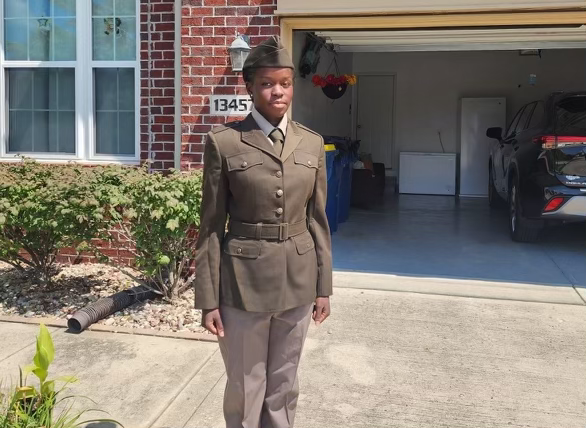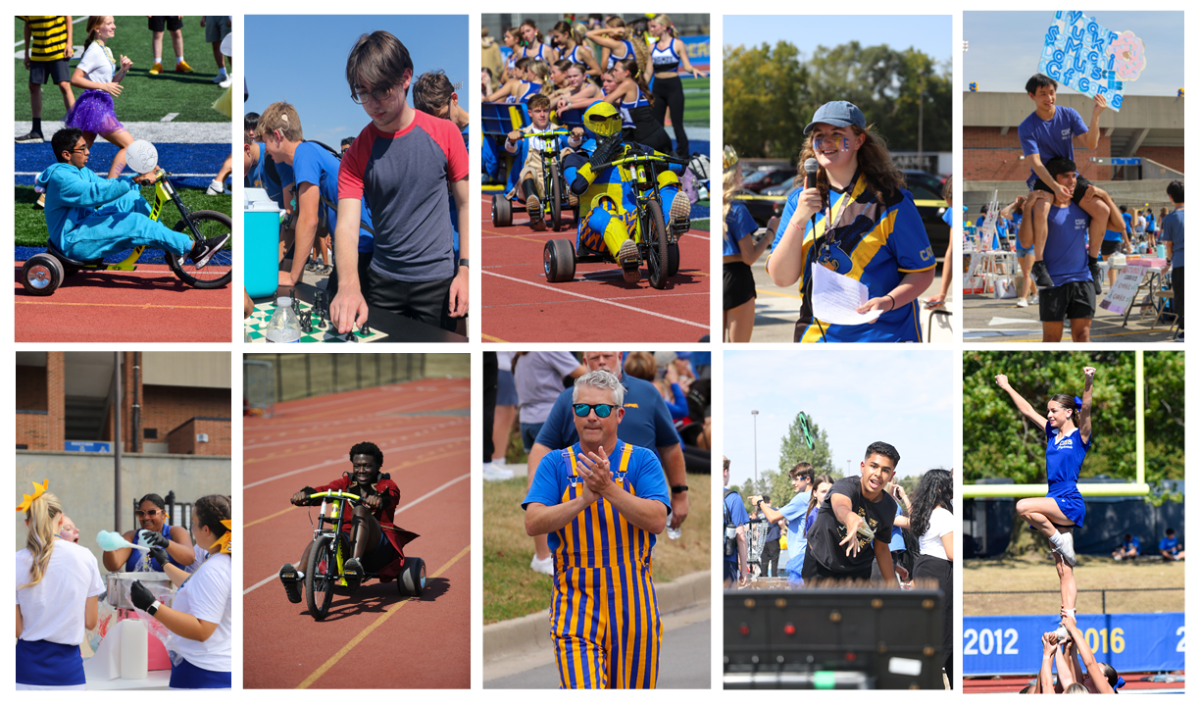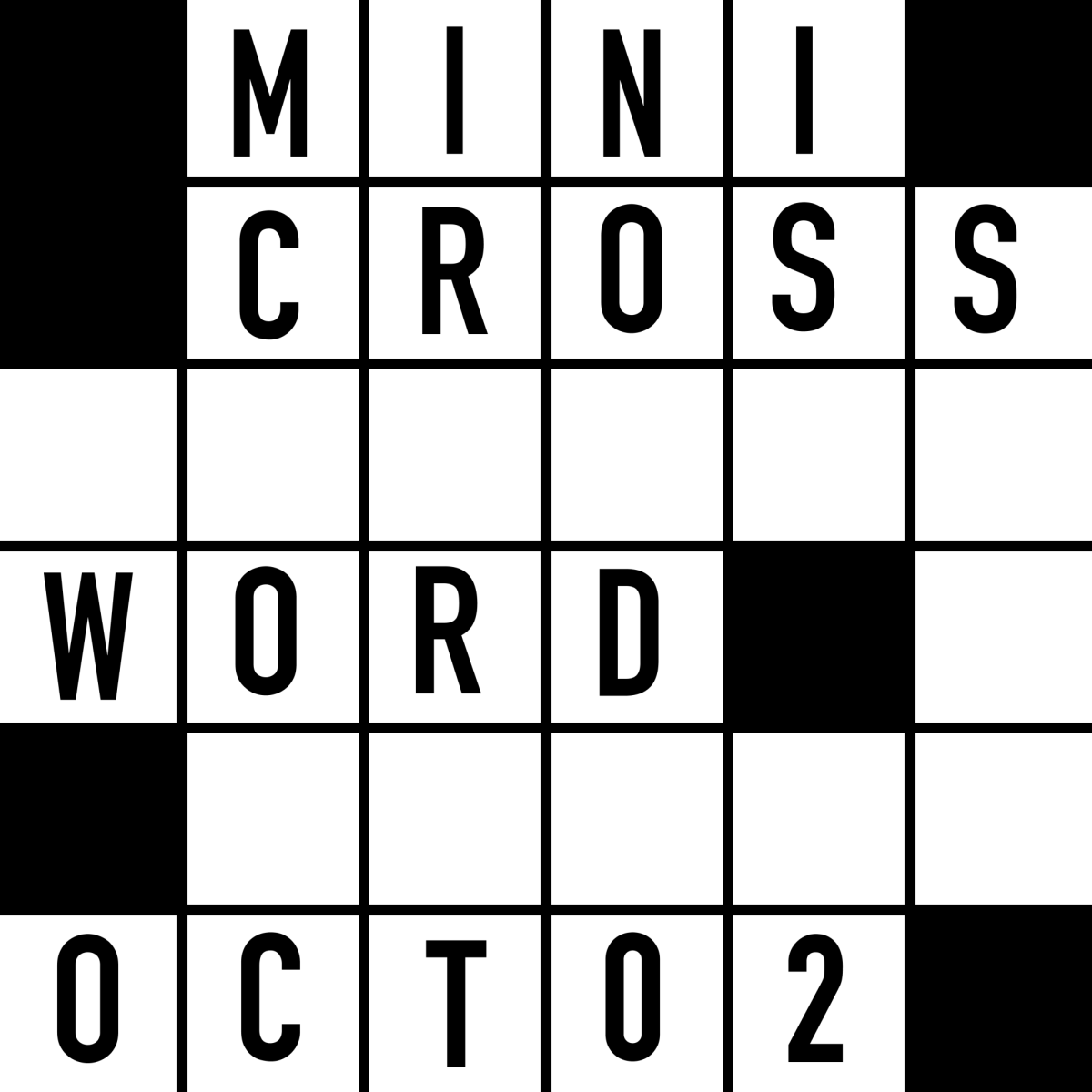Pilates offers indirect benefits to regular exercise regimen
By Celina Wu
<[email protected]>
In the comfort of her home, junior Laura Karn begins her daily Pilates routine. She does various stretches, including ones called the butterfly and the pike sit. More traditional excercises such as sit ups and crunches are also part of the routine. In addition to her Pilates work-out at home, Karn is also enrolled in a private Pilates class that meets once a week for 30 minutes at the Carmel Performing Arts Center. Besides being good exercise, Karn has another motive for participating in Pilates.
“I have been doing Pilates for a year and a half now. My coach recommended it for me. I do it to help core strengthening, stretching and flexibility for ice skating,” Karn said.
Although Pilates is not usually thought of as a traditional training technique for sports, it can actually be quite beneficial for athletes, according to the website of Pilates Method Alliance, a non-profit organization dedicated to Pilates. The results of continued and regular Pilates work-outs can enhance various athletic performances. However, despite the advantages Pilates can bring for athletes, it cannot totally substitute more common types of training for sports. Instead, athletes like Karn can utilize Pilates as an complement to their customary work out regimen.
Karn, who has been skating for eight years, said that after doing Pilates, she has seen a noticeable difference in her skating. “Pilates has really helped with my flexibility and core strength, which is really important in skating,” she said
Lisa Ruxer, physical education teacher, said she agreed that athletes can make use of Pilates to better their performance by strenthening their core. Specifically in regards to ice skaters like Karn, Ruxer said, “Pilates is good for skaters because they are constantly holding themselves up with their abs and their back, which Pilates helps strengthen.”
Ruxer also said that another advantage Pilates has over high-impact activities is that there is not a constant pounding on the body, flexibility is sustained and the chances of being injured during the work out or the sport is decreased. She said that by becoming flexible, the chance of injury to multiple areas of the body, such as the legs, back, abdominal region, arms, head, neck and spine is greatly minimized.
Deborah Haire, Pilates instructor and science teacher, said that Pilates provides another dimension in
Haire said, “Pilates is a form of exercise that focuses on the core, strength and relaxing. It offers less stress on the body, bones and joints and addresses the issues of body strength, endurance and core strength.”
Karn said that because of her work with Pilates, she has become more flexible, which she said helps with her jumps in skating.
“My skating has definitely improved because of Pilates,” Karn said. “I would recommend it to all athletes, not just skaters, because even though it’s not the usual training method, it just offers a lot of results that would be beneficial for any sport.”
WHAT CAN PILATES DO FOR YOU?
See how including Pilates may help you up your game
- Football and rugby: Pilates improves coordination, mobility and flexibility and allows easier recovery from and prevention of injuries.
- Golf: Exercise improves a golfer’s stability to hold a position long enough to play through a shot without body buckling or twisting.
- Tennis: Pilates helps injury prevention and rectifies muscle imbalance, improves flexibility and builds core and stabilizer muscles.
- Running: Runners do Pilates because it builds long, strong muscles, improves flexibility and lessens risk of injury.
- Swimming: Pilates exercises are performed at a deliberate pace, employing appropriate breathing patterns and attention to detail.
PILATESCENTRAL.CO.UK / SOURC

































![Streaming services are pioneering the future of television [opinion]](https://hilite.org/wp-content/uploads/2024/09/CAtherine-streaming-1200x471.jpg)
![Parasocial relationships unnecessary, intrude on celebrities’ lives [opinion]](https://hilite.org/wp-content/uploads/2024/09/4-Mady-Kiser-Cover-1200x471.jpg)











































![Review: Judy Moody encourages viewers to make the best out of their summer [MUSE]](https://hilite.org/wp-content/uploads/2024/10/MV5BMjA4NDc0NzI5OV5BMl5BanBnXkFtZTcwMjc0MDA4NA@@._V1_-810x1200.jpg)
![Review: “Zen and the Art of Motorcycle Maintenance” is a breathtaking novel based on a true story [MUSE]](https://hilite.org/wp-content/uploads/2024/10/Screenshot-2024-10-14-at-11.45.50 AM.png)
![Review: Taylor Swift’s new album "The Tortured Poets Department" is not her best work but is still a brilliant album [MUSE]](https://hilite.org/wp-content/uploads/2024/05/The-Anthology_Cover-1200x675.webp)
![Review in Print: Maripaz Villar brings a delightfully unique style to the world of WEBTOON [MUSE]](https://hilite.org/wp-content/uploads/2023/12/maripazcover-1200x960.jpg)
![Review: “The Sword of Kaigen” is a masterpiece [MUSE]](https://hilite.org/wp-content/uploads/2023/11/Screenshot-2023-11-26-201051.png)
![Review: Gateron Oil Kings, great linear switches, okay price [MUSE]](https://hilite.org/wp-content/uploads/2023/11/Screenshot-2023-11-26-200553.png)
![Review: “A Haunting in Venice” is a significant improvement from other Agatha Christie adaptations [MUSE]](https://hilite.org/wp-content/uploads/2023/11/e7ee2938a6d422669771bce6d8088521.jpg)
![Review: A Thanksgiving story from elementary school, still just as interesting [MUSE]](https://hilite.org/wp-content/uploads/2023/11/Screenshot-2023-11-26-195514-987x1200.png)
![Review: "When I Fly Towards You", cute, uplifting youth drama [MUSE]](https://hilite.org/wp-content/uploads/2023/09/When-I-Fly-Towards-You-Chinese-drama.png)
![Postcards from Muse: Hawaii Travel Diary [MUSE]](https://hilite.org/wp-content/uploads/2023/09/My-project-1-1200x1200.jpg)
![Review: "Ladybug & Cat Noir: The Movie," departure from original show [MUSE]](https://hilite.org/wp-content/uploads/2023/09/Ladybug__Cat_Noir_-_The_Movie_poster.jpg)
![Review in Print: "Hidden Love" is the cute, uplifting drama everyone needs [MUSE]](https://hilite.org/wp-content/uploads/2023/09/hiddenlovecover-e1693597208225-1030x1200.png)
![Review in Print: "Heartstopper" is the heartwarming queer romance we all need [MUSE]](https://hilite.org/wp-content/uploads/2023/08/museheartstoppercover-1200x654.png)



